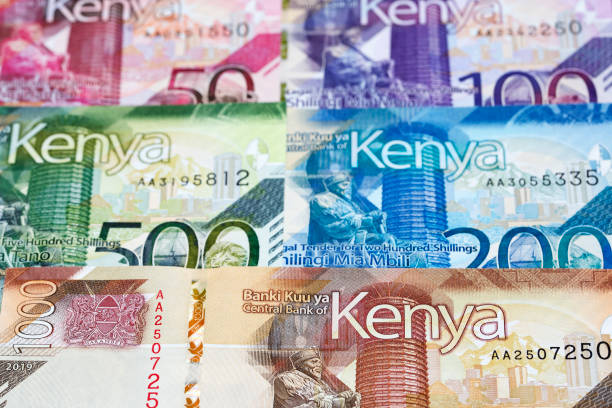A blocked kitchen sink can be a real hassle, disrupting the flow of your daily chores. The good news is that you don’t always need to call a plumber to fix it. With a few handy techniques and some common household items, you can unblock your kitchen sink yourself. Here’s a guide on how to tackle a clogged sink at home.
Identify the Cause of the Blockage
The first step in unblocking your kitchen sink is to understand what’s causing the blockage. Common culprits include:
- Food particles: Food scraps, especially oily or greasy items, can get stuck and clog the pipes.
- Grease and fat: These can harden and build up in your pipes over time.
- Soap residue: Accumulated soap scum can narrow pipes, causing slow drainage.
- Small objects: Accidentally dropped items like spoons or rings can block the sink.
Once you have an idea of the cause, you can choose the best unblocking method.
Try Hot Water
Sometimes, a simple flush with hot water can dissolve minor clogs caused by grease or soap residue. Here’s how to do it:
- Boil a kettle of water: Make sure the water is as hot as possible.
- Pour the water down the drain: Slowly pour the boiling water into the sink. Be cautious with plastic pipes, as they can be damaged by extreme heat.
- Wait a few minutes: Check if the water is draining smoothly. If not, try a different method.
Use a Plunger
A plunger is a simple yet effective tool for unblocking kitchen sinks. Here’s a step-by-step guide:
- Fill the sink with water: Add enough water to cover the rubber part of the plunger.
- Position the plunger over the drain: Ensure it forms a seal over the drain hole.
- Plunge vigorously: Use an up-and-down motion for about 30 seconds, creating pressure to dislodge the blockage.
- Check the drainage: If water starts flowing freely, you’ve successfully unblocked your sink. If not, repeat the process a few times.
Try Baking Soda and Vinegar
This classic home remedy works wonders on clogged sinks by creating a chemical reaction to dissolve blockages.
- Remove excess water: If there’s standing water, remove it with a cup or bowl.
- Add baking soda: Pour about half a cup of baking soda into the drain.
- Add vinegar: Follow with half a cup of white vinegar. The mixture will fizz and bubble, breaking down the clog.
- Wait 10-15 minutes: Allow the reaction to work on the blockage.
- Flush with hot water: Boil water in a kettle and pour it down the drain to clear any remaining residue.
Use a Drain Snake
A drain snake, or plumber’s auger, is a flexible tool designed to break through clogs. If other methods haven’t worked, this can be highly effective.
- Insert the drain snake: Push it slowly into the drain until you encounter resistance.
- Twist and push: Turn the handle while pushing the snake further into the pipe to break up or hook onto the clog.
- Pull it out: Once you feel the blockage break or attach to the snake, slowly pull it out.
- Flush with water: Run hot water to ensure the blockage is completely gone.
Clean the P-Trap
If the above methods don’t work, the clog might be in the P-trap (the curved pipe under the sink). Cleaning the P-trap can be a bit messy but effective.
- Place a bucket under the sink: This will catch any water that spills out.
- Unscrew the P-trap: Use a wrench to loosen the nuts on both ends.
- Clean the P-trap: Empty any debris or food particles that may have accumulated.
- Reattach the P-trap: Screw it back in place, ensuring the nuts are tight to avoid leaks.
- Run water to check: Turn on the faucet to confirm the blockage is cleared.
Prevent Future Blockages
Prevention is key to keeping your sink clog-free. Here are a few tips to prevent future blockages:
- Avoid pouring grease down the drain: Pouring cooking oil, butter, or grease down the sink can lead to hard-to-clear blockages. Instead, pour it into a container and throw it away.
- Use a drain strainer: Place a mesh or strainer over the drain to catch food particles and debris.
- Run hot water regularly: Periodically run hot water through your sink to dissolve grease and prevent buildup.
- Clean your sink drain regularly: Pour a mixture of baking soda and vinegar down the drain every few weeks to keep it clear.
Final Thoughts
Unblocking a kitchen sink is a straightforward task when you have the right tools and methods. From simple hot water flushes to effective tools like plungers and drain snakes, these techniques can help you restore your sink’s flow without needing a plumber. Remember, prevention is essential to keep your sink clog-free, saving you both time and effort in the long run.

















